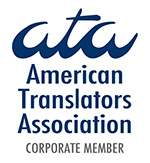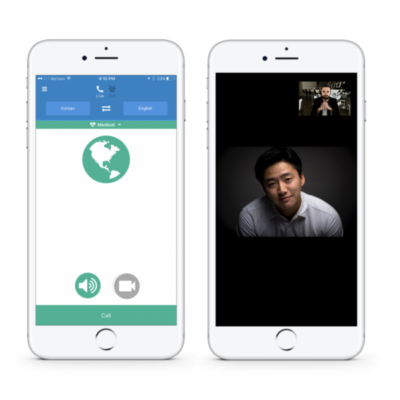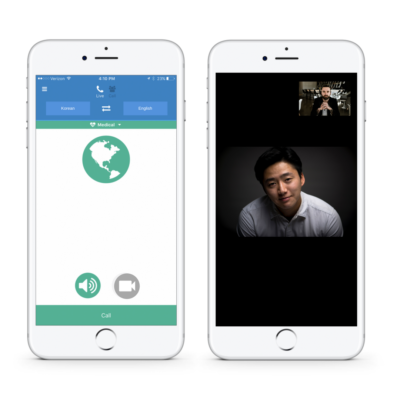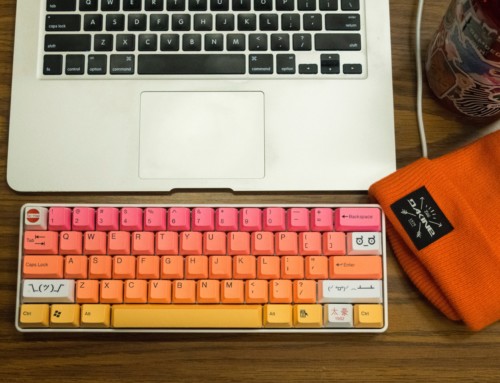This post is fifth in a series to help our clients and linguists navigate the Pyeongchang 2018 Winter Olympics. If you are one of our many clients or customers outside of Korea, hang tight! We will soon be back to our regularly scheduled linguistics programming.
South Korea is a heaven for app users, with some of the fastest internet speeds in the world. It also helps that there’s plentiful WiFi just about everywhere including public spaces, popular attractions, as well as eating and drinking establishments (you may need to ask for the password). Visitors can quickly and easily access a number of handy mobile applications during their stay in Korea (though some of them do require knowledge of Korean). Here is a list of some recommended mobile applications (aside from major global applications such as Google) to download and use when you’re here:
1. Maps
Kakao Map: (Android) and (Apple)
Naver Map: (Android) and (Apple)
While Google Maps does technically “work” in South Korea, due to issues related to Korea’s national security laws the accuracy of Google Maps as well as functions within it like directions leaves a lot to be desired. Korea’s most popular local map applications, Kakao Map and Naver Map, are not only frequently updated for accuracy but its plentiful functions like directions (including ability to search directions on foot, by car, and public transportation), road views, and real time traffic conditions will be lifesavers for your time here. You will have to create a Kakao or Naver ID but the process is easy. Just make sure your settings are in English when you are creating your account so that the application’s English interface starts up.
2. Public transportation
KorailTalk: (Android) and (Apple)
Smarter Subway: (Android) and (Apple)
Kakao Metro: (Android) and (Apple)
Kakao Bus: (Android) and (Apple)
Subway applications like Smarter Subway and Kakao Metro not only holds maps for the subway systems of Korea’s major cities but they also tell you exactly how to get from one stop to another with information on where to transfer and via which line(s). Kakao Bus does the same for the public bus system with searchable functions on bus lines and bus stops with real time updates on how far away the bus that you’re waiting for is. Kakao Bus has a basic interface in English but it does require basic Korean proficiency to read and type in the bus stop names.
KorailTalk is used for reserving seats on Korail trains (including Korail’s bullet train, KTX) for when you are traveling further distances such as between major cities (and to the PyeongChang Olympics!) The application’s English interface has mixed reviews in terms of convenience and reliability so if you’re finding it difficult to navigate the application in English, it may be easier to switch it to Korean and asking a local, such as a hotel employee, to help you book your train seat.
3. Taxi and ride share hailing
Uber Black: (Android) and (Apple)
Kakao Taxi: (Android) and (Apple)
While taxis are plentiful in major cities such as Seoul, if you’re searching for a ride hailing application you have two options. Uber operates in Korea but only under its luxury car-hailing service, Uber Black. Kakao Taxi is the equivalent of Uber Taxi (the latter which is not available in Korea) and has an English interface to input where you are, where you need to go, and the type of taxi (depending on size and class) that you are requesting. Kakao Taxi also provides detailed information on your driver and route through the mobile application.
4. Local search engines
You can search in both English and Korean on Google but for generally more detailed results on Korean language searches, use the application from Daum and Naver (the two largest search portal companies in Korea).
5. Language Help
Naver Dictionary: (Android) and (Apple)
Meridian Linguistics: (Contact Us)
Naver Dictionary is a great application to have when you need to look up simple words.
For real-time translation, Papago is a translation app recently released by Naver (full-disclosure, Meridian Linguistics helped train their algorithm for French <> Korean translation!) Papago is best-suited for colloquial expressions and slang, thanks to Naver’s long history and experience as one of Korea’s most popular local search engine. As with any machine translation, it can be useful for high-frequency phrases but for anything more complex, you’ll want to go with human translators (see the next app, Meridian Linguistics). Papago is available in 9 languages, Korean, English, Japanese, Chinese (Simplified/Traditional), Spanish, French, Vietnamese, Thai and Indonesian.
Meridian Linguistics: For human translation, Meridian offers a app-based platform to reach interpreters in dozens of languages. Paid by the minute, you can call our interpreters for a quickie translation in the grocery aisle, or a long interview for a newspaper article. You can contact us to submit text for human translation, or learn more about our remote interpreting app here.
6. Miscellaneous (KakaoTalk, Visit Korea, ITourSeoul, MangoPlate)
KakaoTalk: (Android) and (Apple)
Visit Korea: (Android) and (Apple)
ITourSeoul: (Android) and (Apple)
MangoPlate: (Android) and (Apple)
Elsewhere in the world, messaging applications such as WhatsApp and Line are popular choices but in Korea the most popular messaging application is KakaoTalk. If you befriend any of the locals here and wish to stay in touch, it may very well be that they will only have KakaoTalk. Thankfully KakaoTalk has an English interface and is easy to use with functions such as voice and video chatting, location and contacts sharing, and more. It also links with other popular Kakao applications offering nifty services like a real time update to your messaging counterpart on which station the subway you’re currently riding in is at. It also has the best emojis!
Both Visit Korea and I Tour Seoul (made by the Korea Tourism Organization and the Seoul Tourism Organization respectively) are great applications for travelers who are looking for detailed information on what to do, see, and eat. Both provide detailed information about popular attractions and also information such as current exchange rates, special promotions, etc.
MangoPlate is the equivalent of Yelp in Korea providing restaurant information and reviews on over 200,000 restaurants in Korea. Unlike other food-related applications in Korea, MangoPlate isn’t limited strictly to Seoul and also has an English interface.
We hope these apps help you navigate your trip to Korea! And if you need anything language-related, feel free to reach out to us!
Stewart Ho is a Korean-American writer and consultant. Stewart‘s blog and Instagram can be found at www.whatsstewin.blogspot.kr and www.instagram.com/stewart.ho.













Leave A Comment